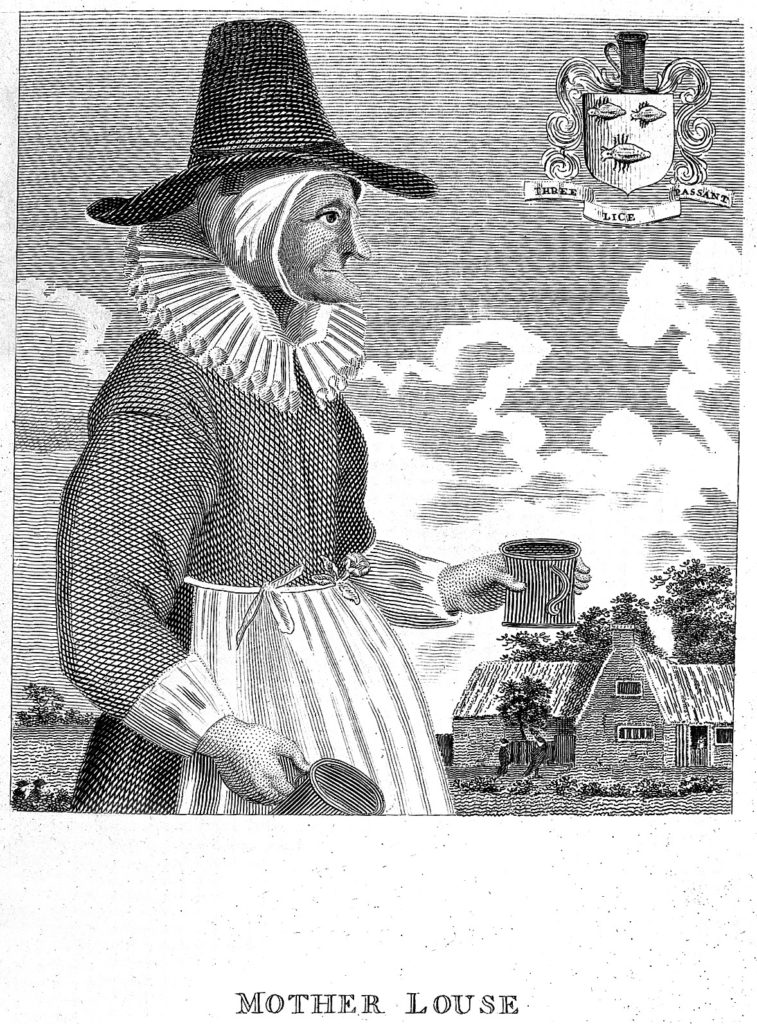Anyone who knows me in real life knows I love beer. I was drinking it when I met my husband. He proposed in a brewery. We got married in a different brewery. And then spent our honeymoon in Europe drinking our way through all the Trappist breweries.
What I didn’t know until recently is that beer and witches have a dark conjoined history. I learned this courtesy of the Brujas of Dry River Brewing (one of my favorite local breweries).
So in honor of Halloween, let’s talk witches and beer!
(Want to learn more about beer? Check out my YouTube channel where I try to educate people about beer styles.)
Beer History
Brewing of fermented beverages goes back thousands of years. Some say 5,000 BC, others think it could be that the thirst for beer was the very catalyst for grain domestication. What isn’t debated is that the care and feeding of the family unit usually fell to the females in the group. In the hunter-gatherer days, the men hunted while the women gathered and cooked the hunt.
Fast forward to the Medieval era. Women were still responsible for kitchen chores, which included brewing. Ale was the most common drink of the time since it tasted better than water. It was also one of the three main sources of grain in the Medieval diet, accounting for 65-80% of the caloric intake of everyone from commoners to nobles.
Note: an ale is one of the two types of beer, the other being a lager. But lagers wouldn’t be widely available outside of the Bavarian Alps until closer to the 18th century.
This is also back before the widespread use of hops in brewing. Along with adding bitterness, flavor, and aroma to beer, hops can also act as preservatives. The Medieval ale, lacking hops, had to be drunk before it spoiled. So it also had to be made on a continuous basis (much like bread was fresh baked daily).
Transforming from Alewife to Witch
 Women were eventually able to take their brewing outside the home and establish alehouses. To advertise in the marketplace, they would wear easily recognizable pointy hats.
Women were eventually able to take their brewing outside the home and establish alehouses. To advertise in the marketplace, they would wear easily recognizable pointy hats.
When their product was ready, they would use a broom as a modern neon OPEN sign. By putting a broom outside their door, potential customers could tell that ale was fresh.
And then there were the cats. Natural predators, the felines were necessary to keep rodents out of the grains.
Finally, the cauldron. A common cooking vessel, this is where the mysterious alewife’s concoction was made.
After the Plague in the mid-14th century, the brewing “industry” radically changed, marginalizing alewives. Due to greater access to resources, male brewers and their powerful guilds soon displaced the alewives.
By the 16th century, the reputation of the alewife had undergone a severe smear campaign. As women became the scapegoats for the vices associated with alcohol, the now-familiar witch archetype began to emerge: pointy black hat, broom, black cat, and a cauldron.
And so began a crusade of fear. What were the concoctions these wild women created to enchant hapless men? Of course, they could not be trusted!
Panic, Witches, Modern Day
In the next hundred years, the transformation from alewife to full-fledged evil witch was complete. Women were not allowed to make or sell ale as male-dominated guilds grew in power and reputation. These guilds continued their negative attacks on female brewers and those who still dabbled in brewing were increasingly shunned. It was seen as “devil’s magic” that had to be rooted out and eliminated.
With the fear of witches in full force, a moral panic swept through Europe. In the ensuing witch trials, upwards of 60,000 people were put to death, a vast majority of which were women.
How many of them were just simple women, trying to feed their families and communities? They were merely doing what they knew how: making ale, not some dangerous witch’s brew.
These days, there is still a lot of upheaval about women in brewing, especially in American craft beer culture which still has a misogynistic streak running through it. But there are some notable female brewers making excellent ales (and lagers).
We need more of them.
And even though I prefer to live in the here and now, I wish I could have tried the wonderful brews the alewives of old concocted.
So the next time you’re enjoying a cold one, remember the women who lost their lives for daring to brew beer. Their ashes likely scattered across the very fields the grains and hops now grow.
Cheers.
***
For more reading on this topic, please check out these other sources:
- How Women Brewsters Saved the World
- Women in Craft Beer
- The Reality of Being a Woman in the Beer Industry
- Hop Take: The Beer Industry is Still Sexist, but all Brewers are not Misogynists
- Women and Beer: A 4,500-Year History Is Coming Full Circle
- The Female Brewers Shattering Craft Beer’s Glass Ceiling




That is fascinating, thanks so much for passing on the history!
This was really great info!!!
Wow, this is amazing – great job!
I had no idea. Thanks for sharing this.
I absolutely loved reading this. The history is great and I had no idea. Great stuff